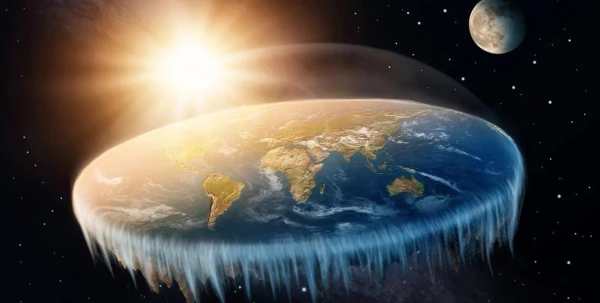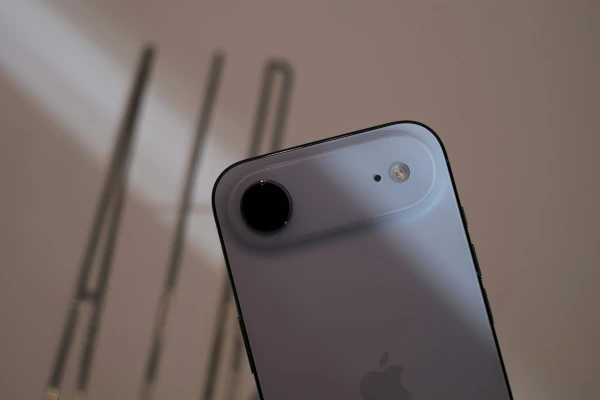
A researcher has just debunked the main argument of flat Earth supporters, explaining why we actually see the horizon. Thus, one of the most common myths about the flat Earth has been refuted, writes Focus.
The flat Earth theory is one of the loudest and most widespread conspiracy theories of all time. Proponents of this theory claim that there is still compelling evidence that our planet is flat, and that photographs from space are likely nothing more than fakes created by artificial intelligence. Moreover, they also assert that humans have actually never been to the Moon, writes the Daily Mail.
One of the key arguments of this theory is that if you look at the horizon, you can see a straight line. Fortunately, now a physics lecturer at Nottingham Trent University, Dr. Ian Whittaker, has debunked one of the most common myths about the flat Earth.
The movement of flat Earth supporters, according to the scientist, is unfortunately becoming increasingly popular, and then Dr. Whittaker decided to refute the main argument of flat Earthers. According to the expert, the reason we see a straight horizon is quite simple: we are on the ground, not in space.
At ground level, we see only a few kilometers from one side of the horizon to the other, which is obviously not enough to see the curvature of the planet. In fact, the curvature of the Earth can only be noticed from space.
According to Dr. Whittaker, people can only notice the curvature when they are in space, and at a specific height, to see a sufficient part of the circumference of our planet. In simple terms, the reason people do not see the bend of the horizon lies in the scale. As an analogy, the scientist suggests looking at a basketball — we see all its curvature because we are massive compared to it. Now imagine a microbe on the surface of the ball; what would it see? According to Dr. Whittaker, it would be just a huge flat space because its height compared to the curvature of the ball is small.
If people suddenly grew to about 20 kilometers tall, we could theoretically start to see the curvature over a large area, although this would still be less than 1 radius of the Earth. If you wanted to grow to 5 percent of the radius of the Earth, that would be a person about 320 kilometers tall.
It is worth noting that people first realized the true shape of our planet more than 2000 years ago, but largely it was the development of the internet that contributed to the growth of the flat Earth theory community.
It is known that the Greek philosopher Pythagoras suggested that our planet is round as far back as around 500 BC, however, Aristotle declared the Earth spherical only around 350 BC. This discovery was based on Aristotle's observations of constellations that could be seen as one moved away from the equator.
In the 20th and 21st centuries, people went even further and were able to see the stunning curvature of our planet with their own eyes. Today, space flights have become more accessible than ever, thanks to companies involved in space tourism. Today, the cost of a flight into space reaches hundreds of thousands of dollars, however, experts believe that in the future it may decrease as the industry develops.












